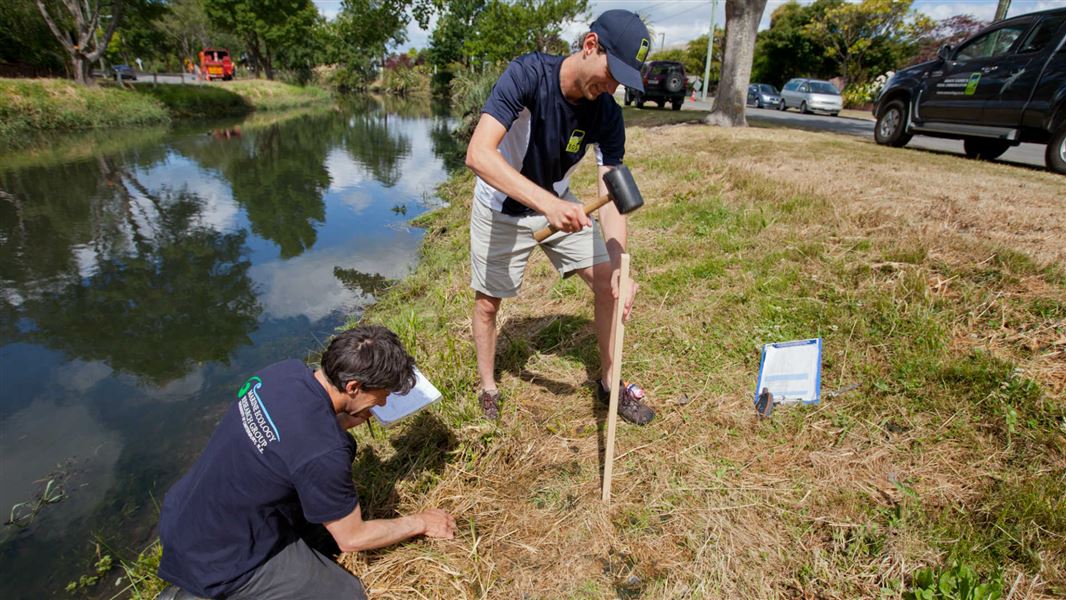Why whitebait are in decline
Habitat
Many of the reasons whitebait numbers are declining relate to threats and changes in their habitat.
Adult whitebait need clean water and healthy waterways to live in and breed, but in the last 100 years we have lost large areas of adult and spawning habitat due to:
- the draining of wetlands and removal of vegetation beside streams. Whitebait use these areas for shade and protection.
- barriers to fish passage. Barriers in waterways, like dams and overhanging culverts stop migrating whitebait from reaching upstream habitat.
- excess sediment. Too much sediment blocks the spaces between stones on the stream bed, reducing the habitat for invertebrates, such as crayfish/koura, which adult fish feed on.
- pollution from land. Pollution reduces the water quality in streams and rivers for all aquatic life.
- introduced and invasive plants and weeds that clog up the places where whitebait live.
Other factors
- Introduced sports fish like trout and pest fish like gambusia compete for habitat and prey on whitebait.
- Whitebait fishing is another pressure on whitebait populations.
What you can do to help
There are many ways we can help increase whitebait populations:
- Follow the whitebait fishing regulations.
- Keep your whitebait catch small, take only what you need for a feed.
- Fence off waterways to keep farm animals out.
- Replant streams on your property with natives. Keep streams free from pest plants and fish.
- Report dams or overhanging culverts to your local DOC or regional council office.
- Ensure culverts, weirs, dams, and floodgates on your land are fish-friendly. Proper installation and maintenance will help.
- Get involved in a local community project to fence and plant local streams.
- Learn more about whitebait and where they live through Whitebait Connection.
- Join Whitebait Watch and help keep track of where whitebait hang out.
- Limit the sediment and nutrients leaving your property.
Preventing invasive species
It's important to prevent the spread of species invading New Zealand’s waterways.
To prevent the spread of freshwater pests such as didymo (an exotic alga) and freshwater gold clam (a non-native shellfish), always check that your footwear (including waders), vehicles, fishing equipment, and other items are clean and dry before entering, and when moving between, waterways. You could also choose to use your fishing gear on only one river.
More information and cleaning guidelines at Biosecurity New Zealand.
